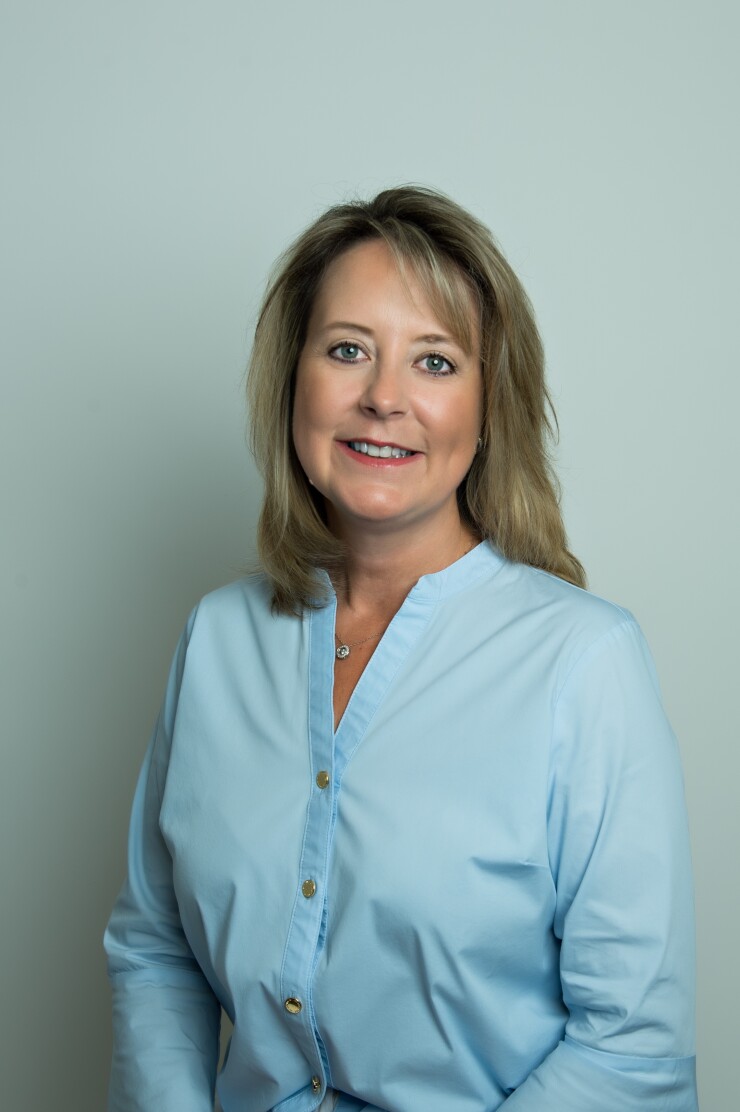There’s a lengthy checklist financial advisors complete when going independent, but selecting where to house client assets is possibly the most critical item on it.
The decision can entail re-papering client assets, setting up new technology, learning new systems and, ultimately, finding the partner who will make client trades and support an RIA’s growth.
Advisors need to pick the right custodian the first time around, says Shad Besikof, president of TruClarity Management Solutions, which has assisted advisors with about $3 billion in assets go indie. “They don't know how difficult it is to make a transition, and most are not open to having to do it again,” he says.
So how do advisors make the right choice?
For starters, wealth managers need to determine what is most important for their practice.
Dynasty Financial Partners, which helps multi-million dollar breakaways move to the independent channel, walks advisors joining its platform through a series of six considerations, according to CEO Shirl Penney.
The process starts with the individuals themselves, Penney says, and first impressions are paramount. “People like to do business with people that they like or can relate to,” he says.

Geography is worth considering, too. Many financial advisors like to take high-net-worth clients, or even RIAs their firm intends to purchase, on due diligence trips to the custodian’s headquarters, Penney says. While there are exceptions, advisors tend to choose firms with a local presence, he says.
Naturally, pricing plays a role. Advisors, particularly large ones, may have negotiating sway with their custodians in terms of ticket charges or lending rates.
While some custodians removed commissions on equity trading at the end of last year, ticket charges remain. “For advisors who still use mutual funds — and most do — there can be significant transaction fees,” TruClarity’s Besikof says.
Penney warns that pricing could be in a state of flux, as custodians have their hands tied with a low-interest rate environment.
“I think that the custodians are re-evaluating pricing in a pretty significant way,” Penney says.

It’s also important to think about a custodian’s business model, according to advisor Angela Bender, who left LPL Financial to open her own RIA in 2012. She chose TD Ameritrade, in part, because she appreciated the company wasn’t targeting her clients, she says.
“They never really tried to encroach on your business,” she says, “And when they did their advertising, you never felt like your custodian was actually competing with you.”
Advisors also must consider the technology offerings.
Advisor Palash Islam, who opened an RIA earlier this year, said Schwab’s technology was “far superior” to any of the other providers he looked at. “It’s just easy to use for the client,” he says.
At the same time, advisors' choices are changing as the custodial marketplace undergoes a wave of consolidation, including Schwab’s
Though it can be a lot to take in, the nuances between custodians are important, industry insiders say.
“The difference between the major custodians is really subtle, but really, the devil's in the details,” Besikof, says.





